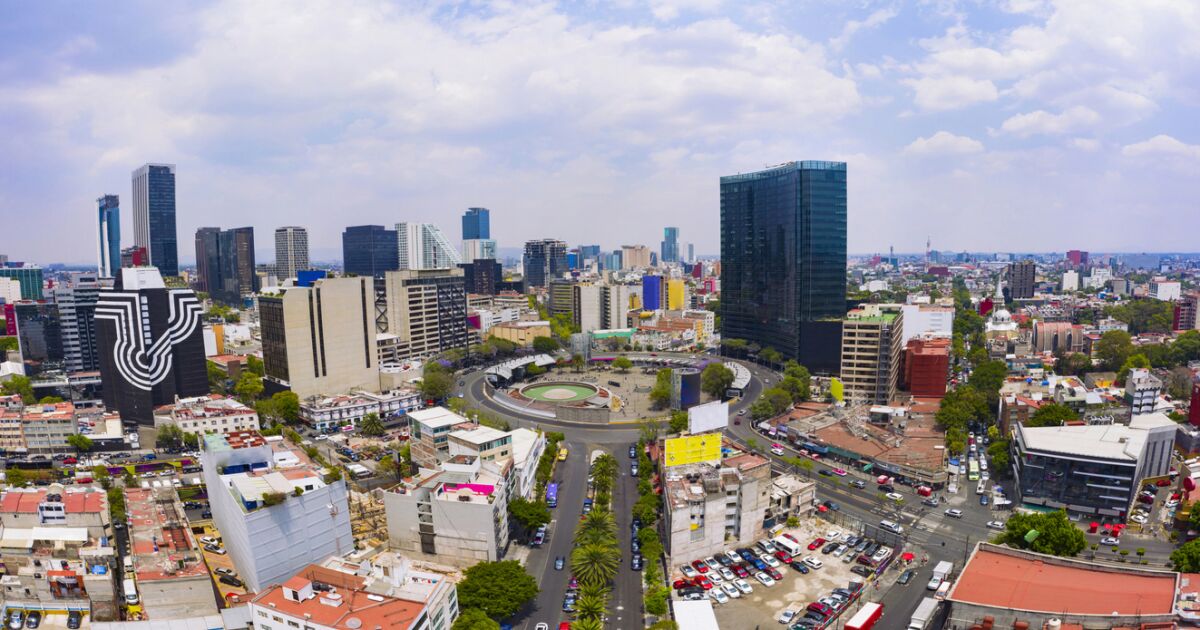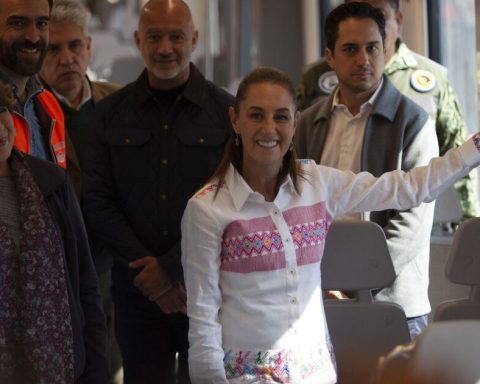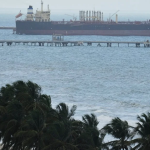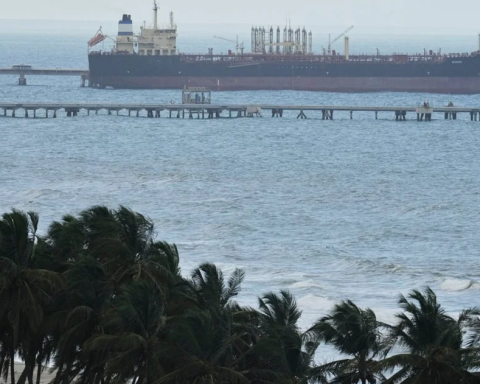Before that, there were already segments of rural roads and highways that connected Lake Texcoco with Lake Xochimilco in what would later be known as Avenida de los Insurgentes.
However, this road settled on something more similar to what exists today as a boundary between two colonies: Roma and Condesa. It began at Chapultepec Avenue and ended at Jalisco Avenue – today Álvaro Obregón – but it was not called Insurgentes, but rather Veracruz Avenue, thus responding to the nationalist nomenclature agreed upon by both subdivisions for the name of their streets.
The first extensions of this road were made to the south of the city, reaching the intersection with the Piedad River (today the Miguel Alemán Viaduct).
Why is it called Insurgentes Avenue?
The STC points out that the current name of the avenue -already recorded around 1922-1923 in the reports of President Álvaro Obregón-, “is perhaps due to the so-called Insurgentes bridge built at the beginning of the 19th century, which was located in what is today the Insurgentes Metro station”, he points out.
Other documents that go back to the history of the road, which today has become one of the longest and most attractive in the country’s capital, indicate that “in 1933 a plan was configured that gave the city a modern appearance. With this, the name and layout of Veracruz Avenue, the Old Road to Cuernavaca and the Centenary Road, among others, disappeared,” according to information from the Ministry of Culture.
Other names by which it was known were the new San Cosme road and Vía del Centenario. The avenue as we know it today was not ready until 1953.














